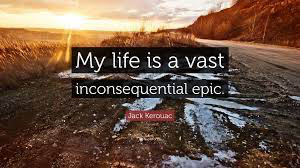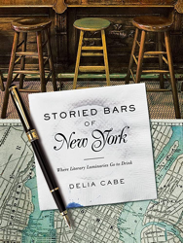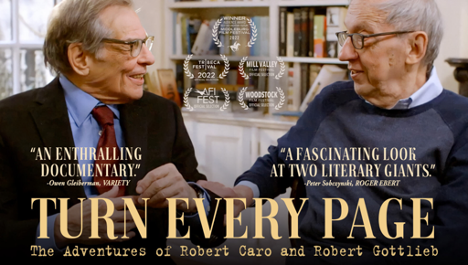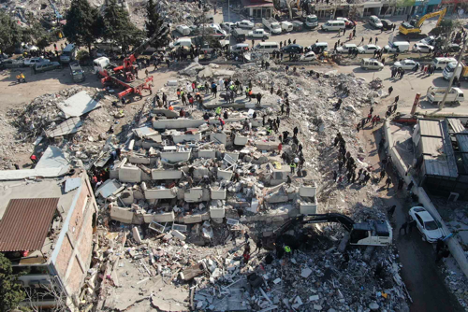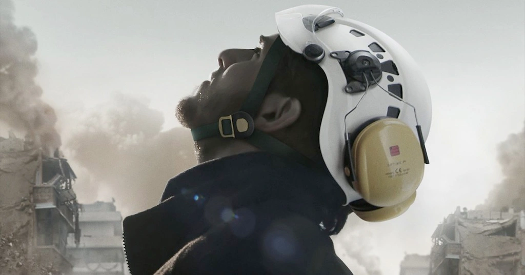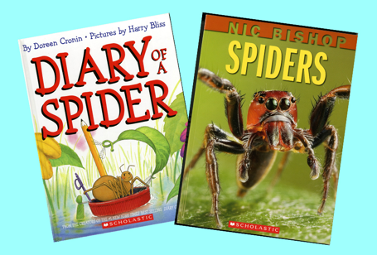In justifying his opinion overturning Roe v. Wade, Justice Samuel Alito wrote,
“Roe was egregiously wrong from the start. Its reasoning was exceptionally weak, and the decision has had damaging consequences. And far from bringing about a national settlement of the abortion issue, Roe and Casey have enflamed debate and deepened division.”
“Until the latter part of the 20th century,” he writes, “there was no support in American law for a constitutional right to obtain an abortion. Zero. None.”
The same “egregiously wrong from the start” and “until the latter part of the 20th century” language is equally applicable to the recent expansion of 2nd Amendment rights established by the Roberts Court. The amendment, as written, only says:
“A well regulated Militia, being necessary to the security of a free State, the right of the people to keep and bear Arms, shall not be infringed.”
It does not say the “right” may not be regulated. Each right in the Bill of Rights is and has been subject to reasonable regulation. But, it was not until 2008 in District of Columbia v. Heller that the a private owner was guaranteed the right to keep a handgun “in his home for self-defense.”
“In its decision, authored by Justice Antonin Scalia, the Supreme Court was careful to stress the limited nature of its ruling. Writing for the majority, Justice Scalia noted Like most rights, the right secured by the Second Amendment is not unlimited. [It is] not a right to keep and carry any weapon whatsoever in any manner whatsoever and for whatever purpose.” (Giffords Law Center)
Yesterday, in the 191st mass shooting in the first 127 days of the year, eight people were slaughtered and seven critically wounded by a gunman with an AR-15 at a Texas outlet mall. This is both astonishing, outrageous and unnecessary. This AR-15 was not a handgun “in his home for self-defense.” It and every AR-15 is a weapon of war. It is intended to kill and neutralize enemies in wartime.
Last year 40,620 Americans were shot and killed by a firearm. The 40,000+ figure is up from 30,000 just ten years ago. If 30,000 were the average annual body count it would mean 300,000 were killed in the last 10 years–but it’s more than 300,000. By comparison, in our ten years in Vietnam, 58,000 Americans died from all causes. I remember. And I’ve written about this domestic arms race repeatedly. It’s totally unacceptable and unnecessary.
Historically, I think the 2nd Amendment was a reasonable inclusion when it was adopted and ratified in 1791. At that time in our history the country was newly established and vulnerable from foreign and domestic opponents. But the amendment has been turned on its head and the 400 million guns owned by Americans are no longer part of a “well regulated Militia” or “necessary for the security of a free state.”
*****
January 6, 2021 and 191 mass shootings in 127 days should make this clear. There are reasonable regulations ready for adoption. They won’t eliminate the astonishing number of gun-related deaths, but they will mitigate and address the problems associated with them.
- Ban the sale of automatic weapons like the AR-15.
- Make background checks universal and close the internet, gun show, mental illness, and domestic violence loopholes.
- Do not allow the applicant to buy a gun just because the time frame for the background check is extended.
- Initiate gun buyback law to get guns off the street.
- Require evidence of firearm awareness and training before allowing the purchase.
- Require safe storage to avoid improper access or accidental discharges.
- Eliminate the gun manufacturer’s immunity from liability, so victims can sue when negligent or intentional fault can be assigned to the manufacturer. Think marketing to “real men.”
This is not an exercise in blame, but isn’t it reasonable to ask who’s responsible for the gun violence epidemic? It isn’t hunters or sportsmen, and it isn’t law enforcement who would like to see fewer guns on the street and out of the hands of the irresponsible and mentally ill. The root of the problem is profits–profits earned by gun manufacturers with the support and criminal advocacy of the National Rifle Association.
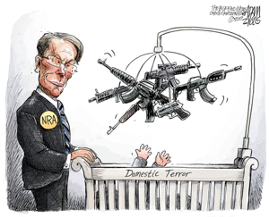
In listening to the speeches of its leader, Wayne LaPierre and the advocacy in its media and printed materials I believe the NRA should be designated a terrorist organization. The organization is not about gun safety. LaPierre and the NRA are corrupt, self-serving, and in service to the gun manufacturers. Because of this he was re-elected almost unanimously in 2022 by the NRA board despite a recent lawsuit charging him with misappropriation of funds. He is also currently under investigation by the New York Attorney General for mismanagement of NRA funds, and a judge recently denied the association’s attempt to declare bankruptcy and move its headquarters to gun-friendly Texas.
The NRA has lost more than one-million members in the last decade because of its change of focus and unwillingness to address the critical need to address the gun violence issue. But like a wounded animal or lone terrorist it remains a serious and dangerous enemy.
I’m tired of railing at our cowardly Congress’s lack the courage and failure to address this national problem but grateful that my own state, Washington, adopted significant restrictions related to gun safety last week. Thank you, Governor Inslee.

Please–No More Thoughts and Prayers–Please
Action!!!







